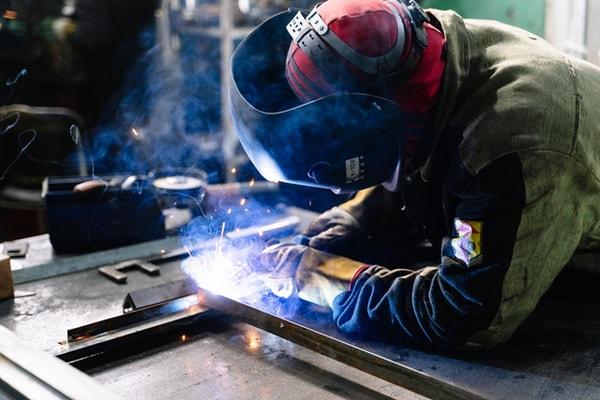Mastering Welding WPS Requirements: Ideal Practices and Techniques for Top Quality Welds
In the realm of welding, understanding Welding Procedure Requirements (WPS) requirements is a vital component that directly affects the quality and honesty of welds. As we browse via the complexities of welding WPS standards, discovering essential understandings and methods for achieving top-tier welds will certainly be paramount for welders looking for to excel in their craft and create welds that stand the examination of time.
Understanding Welding WPS Criteria

Assessors rely on WPS documents to validate that welding procedures are being adhered to appropriately and that the resulting welds are of high top quality. Engineers utilize WPS criteria to develop welding treatments that guarantee the sturdiness and dependability of bonded structures.


Vital Devices for Top Quality Welds
Mastering welding WPS criteria is necessary for welders to efficiently utilize the vital devices required for creating quality welds. One of one of the most vital tools for quality welds is a welding equipment. The kind of welding device needed relies on the welding process being utilized, such as MIG, TIG, or stick welding. Welding safety helmets are additionally vital to secure the welder's eyes and face from triggers, warm, and UV radiation. In addition, welding handwear covers made from sturdy and heat-resistant products safeguard the hands from injuries and burns. Clamps and magnets aid hold the workpieces with each other safely throughout the welding procedure, ensuring exact and accurate welds. Cable brushes and cracking hammers are necessary for cleaning up the weld joint before and after welding to get rid of any type of pollutants that can affect the high quality of the weld. Lastly, a gauging tape and angle mill serve tools for ensuring proper positioning and preparing the work surfaces for welding.
Key Methods for Welding Success
To achieve welding success, one must understand the crucial techniques crucial for creating premium welds. Maintaining a constant hand and a steady welding placement throughout the process is key to accomplishing accuracy and uniformity in the welds. By mastering these essential techniques, welders can elevate the top quality of their work and accomplish welding success.
Ensuring Compliance With WPS Standards

In addition, preserving in-depth records of welding criteria, tools calibration, and assessment outcomes is important for showing conformity with WPS standards. By faithfully sticking to WPS standards, welders can ensure that their job satisfies the required top quality degrees and contributes to the overall success of the welding task.
Troubleshooting Common Welding Issues
To address this, making sure correct cleaning of the base steel prior to welding and making use of the proper shielding gas can substantially decrease porosity. Furthermore, distortion, splitting, and spatter are common welding challenges that can be mitigated via appropriate joint prep work, constant warm control, and choosing the proper welding consumables. By extensively recognizing these common welding issues and their origin creates, welders can efficiently troubleshoot problems and achieve top quality welds.
Final Thought
In conclusion, understanding welding WPS requirements requires a thorough understanding of the standards, utilizing vital devices, and carrying out essential strategies for successful welds. Ensuring compliance with WPS requirements is vital for generating high quality welds and avoiding usual Continue welding problems. By complying with ideal techniques and methods, welders can accomplish consistent and trustworthy lead to their welding projects.
In the realm of welding, mastering Welding Treatment Spec (WPS) criteria is an essential element that directly affects the top quality and integrity of welds.When delving into the realm of welding practices, a critical element to comprehend is the significance and complexities of Welding Treatment Spec (WPS) criteria. WPS criteria her comment is here provide a comprehensive guideline for welding operations, making sure consistency, high quality, and safety in the welding procedure. The type of welding maker required depends on the welding procedure being utilized, YOURURL.com such as MIG, TIG, or stick welding.Achieving welding success via the mastery of key methods necessitates a complete understanding and adherence to Welding Procedure Requirements (WPS) standards.
Comments on “The Importance of Welding WPS: Guaranteeing High Quality and Security in Your Tasks”